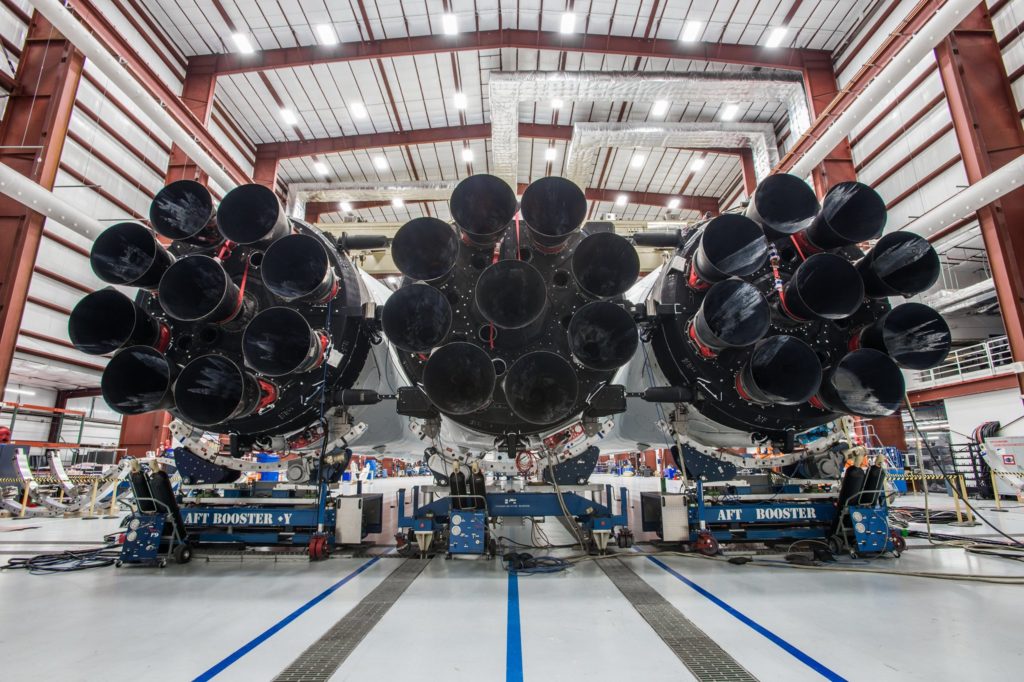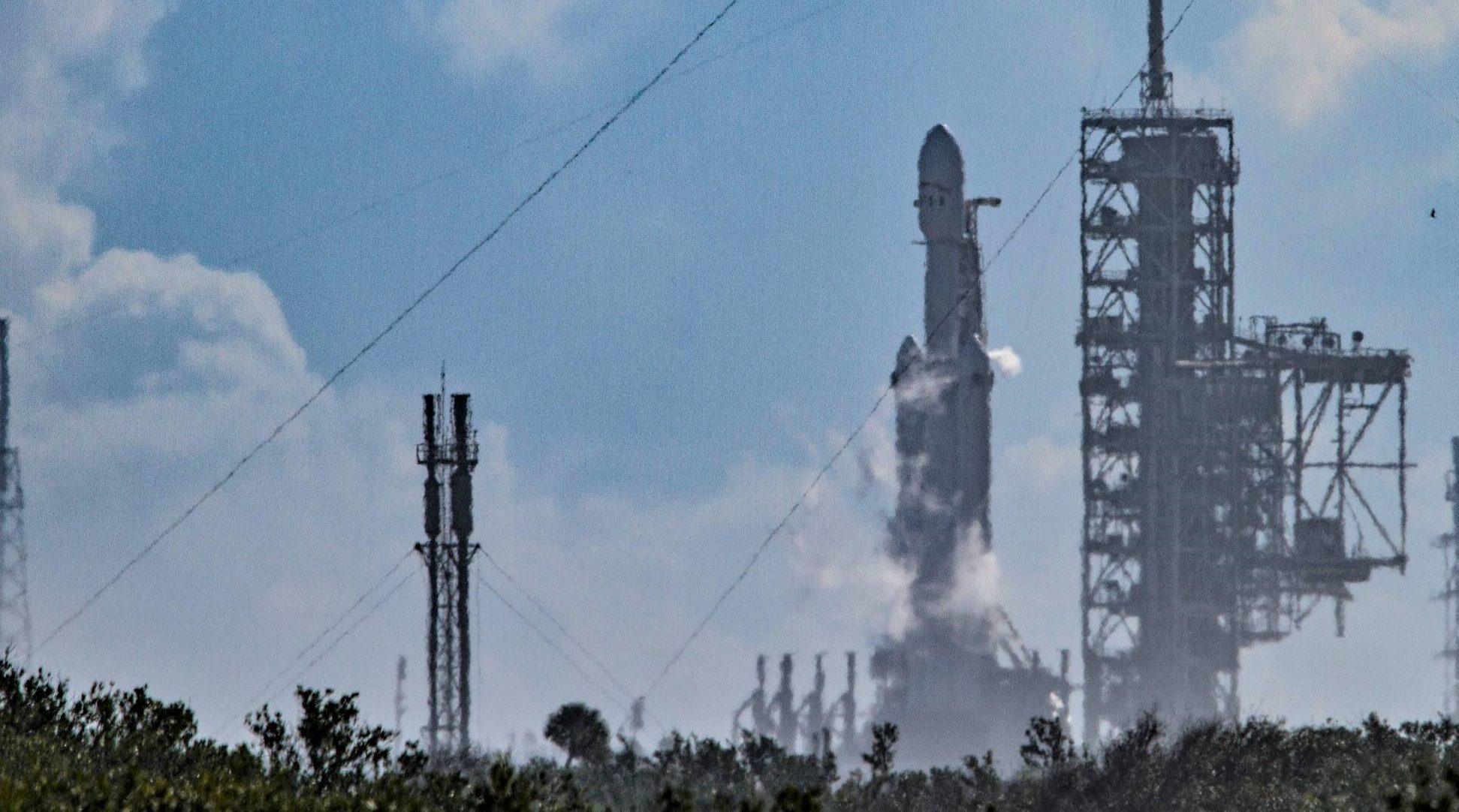
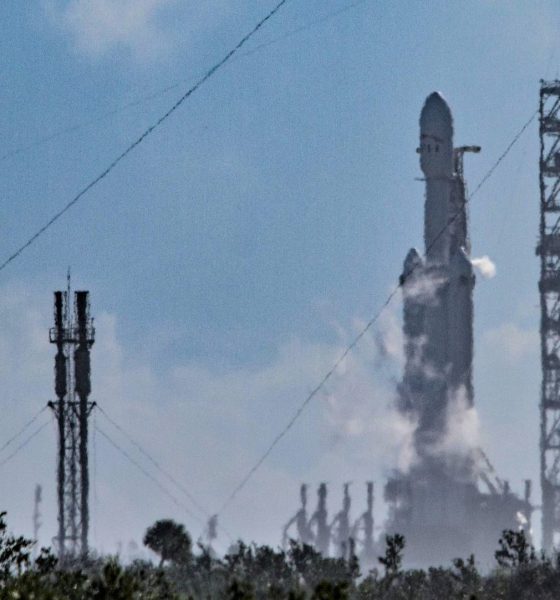
SpaceX
SpaceX Falcon Heavy completes successful rehearsal, static fire pushed back due to bug in launch pad hardware
More than a decade after its 2005 public conception, SpaceX is closer than ever to the first launch Falcon Heavy, the company’s newest rocket. Earlier this afternoon, the vehicle was aiming for its first static fire test, in which all 27 of its engines would be ignited (nearly) simultaneously in order to test procedures and the rocket itself. This attempt was sadly scrubbed, but only after the vehicle apparently completed a successful wet dress rehearsal, which saw Falcon Heavy fully loaded with propellant. According to Orlando’s News 13, the attempt was scrubbed only after one of eight hold-down clamps showed signs of bugs.
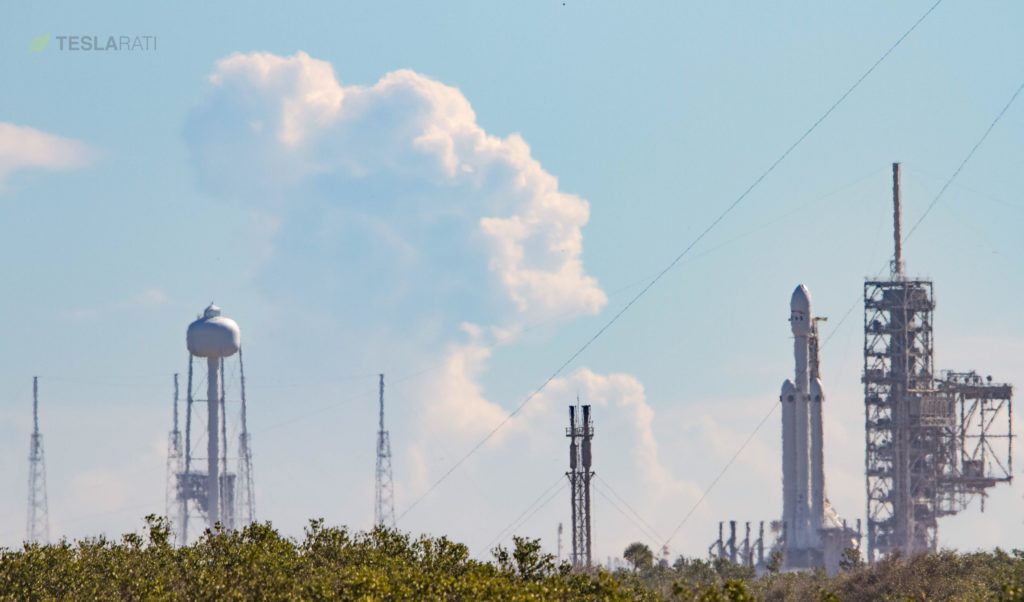
Falcon Heavy vertical at Pad 39A on Thursday, January 11. After a successful rehearsal, the static fire was scrubbed due to a small hardware bug. (Tom Cross/Teslarati)
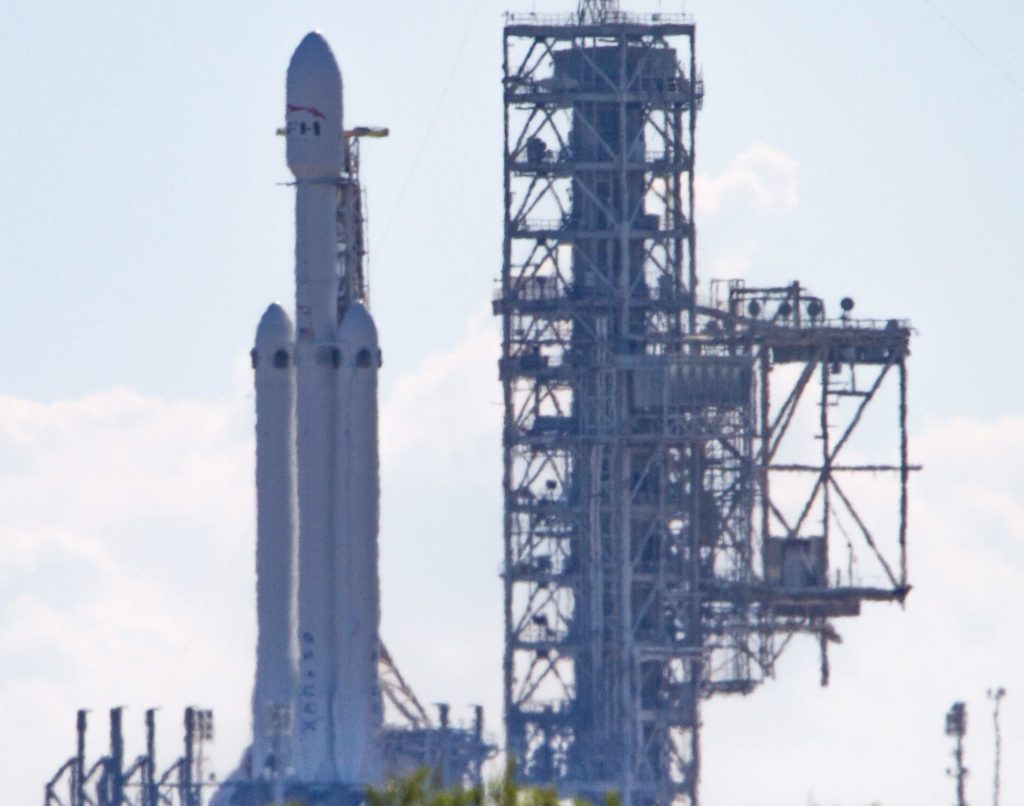
Falcon Heavy vertical at Pad 39A on Thursday, January 11. After a successful rehearsal, the static fire was scrubbed due to a small hardware bug. (Tom Cross/Teslarati)
While Falcon Heavy is not explicitly critical for SpaceX’s near-term launch business and its loftier future goals, the development and operation of such a massive launch vehicle will likely serve as a strong foundation as the company transitions more aggressively into the design, engineering, and manufacture of its still-larger BFR series of rocket boosters and upper stages. Falcon Heavy stands approximately as tall as Falcon 9 at around 70 m (230 ft), but features three times the thrust and a little less than three times the weight of SpaceX’s workhorse rocket. With 27 Merlin 1D engines to Falcon 9’s namesake nine, Falcon Heavy’s 22,800 kN (5,000,000 lbf) of thrust is a nearly inconceivably amount of power, equivalent to twenty Airbus A380 passenger jets at full throttle.
Why is Falcon Heavy important?
If SpaceX manages to pull off Falcon Heavy as a successful and reliable launch vehicle on the order of its reasonably successful Falcon 9, BFR may well be an easier vehicle to develop and operate, thanks to its single-core design. As Musk himself has discussed over the last year or so, the problem of safely and reliably distributing the thrust of Heavy’s side cores to the center core was unexpectedly difficult, as were the issues of igniting all 27 Merlin 1Ds and safely separating the side cores while in flight. Ultimately, the payload improvement (while in a fully reusable mode of operation) was quite small, particularly for the geostationary missions that make up essentially all prospective Falcon Heavy customer missions.
The additional complexity of recovery and refurbishing three separate Falcon 9 boosters almost simultaneously likely serves to only worsen the vehicle’s potential payoff, although the upcoming Block 5 iteration of Falcon 9 may partially improve the vehicle’s ease of operation. If Block 5 is indeed as reusable as SpaceX intends to make it, then a handful of Block 5 Falcon Heavy vehicles could presumably maintain a decent launch cadence for the vehicle without requiring costly and time-consuming shipping all over the continental US.
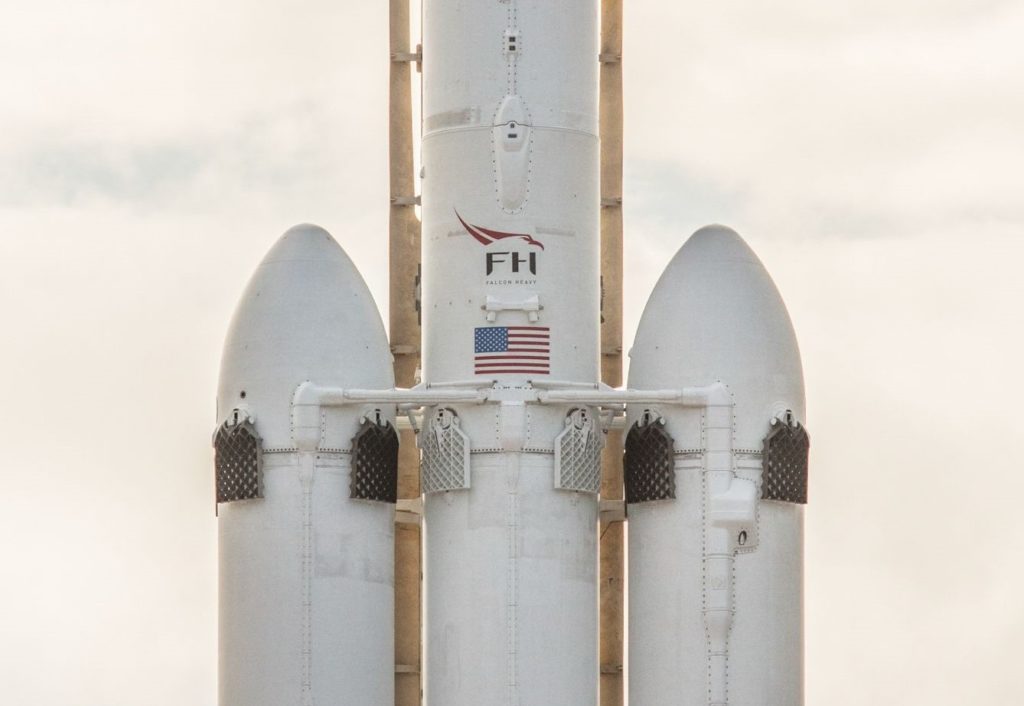
A closeup of Falcon Heavy’s three first stages, all featuring grid fins. The white bars in the center help to both distribute stress loads and separate the side cores from the center booster after launch. (SpaceX)
Nevertheless, the (hopefully successful) experience that will follow the launch and recovery operation of a super heavy-lift launch vehicle (SHLV) with ~30 first stage engines will be invaluable for SpaceX’s interplanetary goals. While BFR will be free of the complexity Falcon Heavy’s triple-core first stage added, it is still a massive vehicle that absolutely dwarfs anything SpaceX has attempted before. BFR in its 2017 iteration would mass around three times that of Falcon Heavy and feature 30 Raptor engines capable of approximately 53,000 kN (12,000,000 lbf) of thrust at liftoff, around 2.5x that of Heavy. Many, many other features mean that BFR and particularly BFS will be extraordinarily difficult to realize: BFS alone will be treading into truly unprecedented areas of spaceflight with the scale, longevity, and reusability it is intended to achieve while comfortably ferrying dozens of astronauts to and from Mars and the Moon.
However, the scale of BFR is equivalent to that of the famous Saturn V rocket that took astronauts to the Moon in the 1960s and 70s. In other words, while still dumbfoundingly massive and unprecedented in the modern era, rockets at the scale of BFR do in fact have a precedent of success, which lends the effort considerable plausibility, at least at proof-of-concept level. As of September 2017, Elon Musk suggested that SpaceX was aiming to begin construction of the first BFS (Big ____ Spaceship) by the end of Q2 2018, a truly Muskian deadline that probably wont hold. Still, if construction of the first prototype begins at any point in 2018, it will bode well for SpaceX’s aggressive timelines.
- Falcon Heavy’s three boosters and 27 Merlin 1D engines on full display. (SpaceX)
- BFR shown to scale with Falcon 1, 9, and Heavy. (SpaceX)
- .While SpaceX’s own visualizations are gorgeous and thrilling in their own rights, Romax’s interpretation adds an unparalleled level of shock and awe. (SpaceX)
In the meantime, BFR’s precursor Falcon Heavy has effectively completed its first wet dress rehearsal, although the static fire attempt was scrubbed for the day. This is understandable for such a complex and untested vehicle, especially after SpaceX’s exceptionally quick modifications to Pad 39A. While unofficial, word is that an issue with one of the Transport/Erector/Launcher’s (TEL) eight separate launch clamps caused the scrub. Those launch clamps ensure that the massive vehicle would stay put during a static fire, and the status of those clamps would be especially important during such an unusually long static fire of such a powerful rocket.
Stay tuned for updates on SpaceX’s upcoming launches and Falcon Heavy’s next static fire attempt, likely within the next several days. The vehicle’s inaugural launch date is effectively up in the air until the static fire has been successfully completed, but as of yesterday SpaceX was understood to be targeting January 26th. Delays are to be expected.
Follow along live as Teslarati’s launch photographer Tom Cross weathers the delays and covers the static fire attempt live from Cape Canaveral.
Cybertruck
Tesla Cybertruck fleet takes over at SpaceX’s Starbase
Interestingly, the Cybertruck uses the same exterior, a stainless steel alloy, as SpaceX rockets. This synergy between the two companies and their very different products shows a very unified mentality between Musk companies.
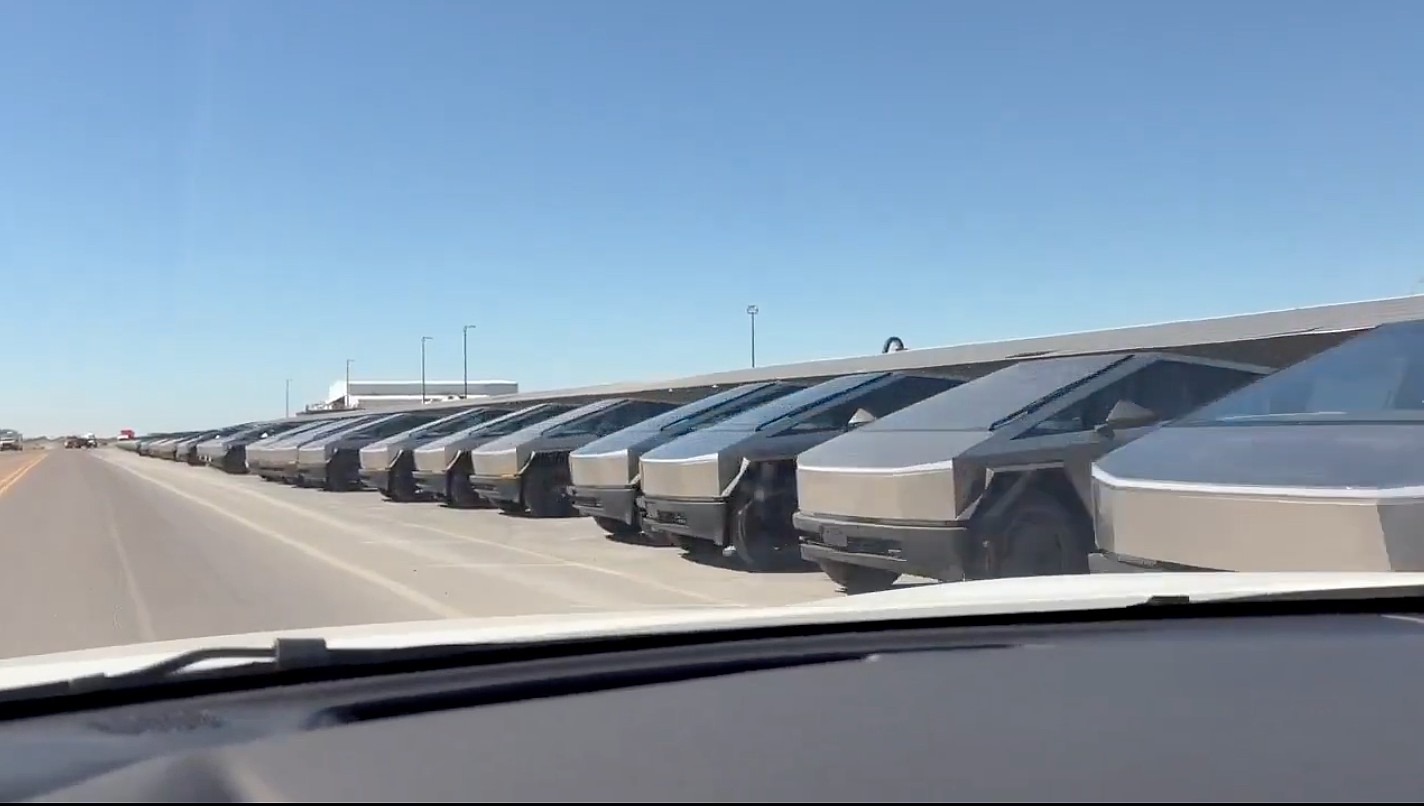
Tesla Cybertrucks have taken over at SpaceX’s Starbase facility in Texas, as hundreds of the all-electric pickup trucks were spotted late last week rounding out a massive fleet of vehicles.
The Cybertruck fleet is geared toward replacing gas vehicles that are used at Starbase for everyday operations. The only surprise about this is that it was not done sooner:
Was just visiting. pic.twitter.com/5Q9wPPaeuH
— Derek Li (@derek1ee) October 31, 2025
Deliveries have been going on for a few weeks, as Cybertrucks have made their way across the state of Texas from Austin to Starbase so they could be included in SpaceX’s fleet of vehicles at the facility.
Interestingly, the Cybertruck uses the same exterior, a stainless steel alloy, as SpaceX rockets. This synergy between the two companies and their very different products shows a very unified mentality between Musk companies.
However, there are some other perspectives to consider as SpaceX is utilizing such a massive fleet of Cybertrucks. Some media outlets (unsurprisingly) are seeing this as a move of weakness by both Tesla and SpaceX, as the aerospace company is, in a sense, “bailing out” lagging sales for the all-electric pickup.
It’s no secret that Tesla has struggled with the Cybertruck this year, and deliveries have been underwhelming in the sense that the company was anticipating between 1 million and 2 million orders for the vehicle before it was widely produced.
A lot of things changed with the Cybertruck between its 2019 unveiling and 2023 initial deliveries, most notably, price.
The price of the Cybertruck swelled significantly and priced out many of those who had pre-ordered it. Some have weighed the option of whether this purchase was a way to get rid of sitting inventory.
However, it seems more logical to consider the fact that SpaceX was likely always going to transition to Teslas for its fleet, especially at Starship, at some point.
It doesn’t seem out of the question that one Musk company would utilize another Musk company’s products, especially considering the Cybertruck has been teased as the vehicle that would be present on Mars.
News
SpaceX successfully launches 100th Starlink mission of 2025
With 100 Starlink missions completed for 2025, space enthusiasts have noted that SpaceX has successfully launched 2,554 Starlink satellites so far this year.
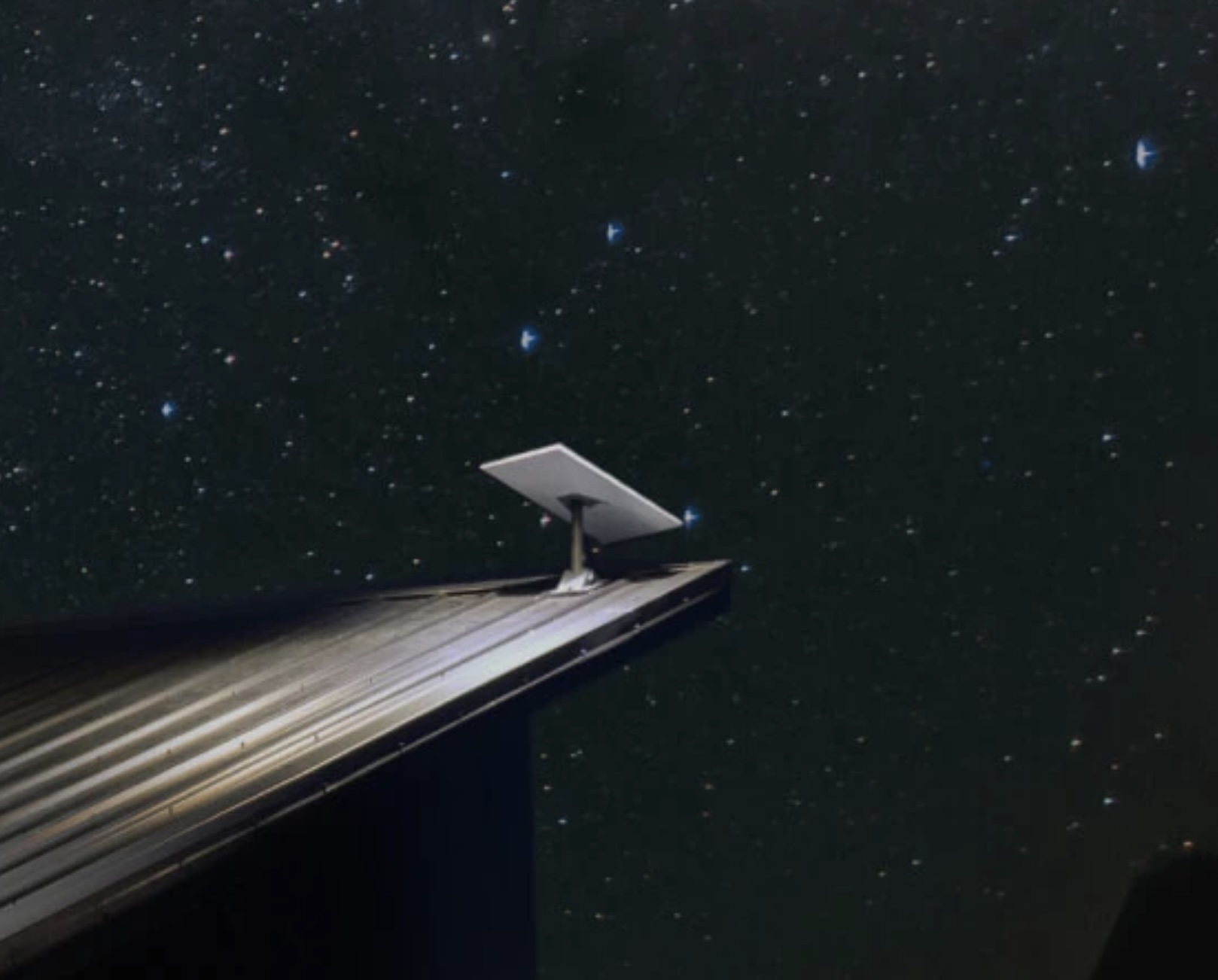
SpaceX achieved its 100th Starlink mission of the year on Friday, October 31, marking another milestone for 2025.
A Falcon 9 rocket carrying 28 Starlink broadband satellites successfully lifted off from Vandenberg Space Force Base in California at 4:41 p.m. ET, carrying another 28 Starlink satellites to Low Earth Orbit (LEO).
Falcon 9 booster’s 29th flight
Roughly 8.5 minutes after liftoff, the Falcon 9’s first stage touched down on the drone ship Of Course I Still Love You in the Pacific Ocean. This marked the booster’s 29th flight, which is approaching SpaceX’s reuse record of 31 missions.
This latest mission adds to SpaceX’s impressive 138 Falcon 9 launches in 2025, 99 of which were dedicated to Starlink, according to Space.com. The company’s focus on reusing boosters has enabled this breakneck pace, with multiple launches each week supporting both Starlink’s expansion and external customers.
Starlink’s network continues massive global expansion
Starlink remains the largest active satellite constellation in history, with more than 10,000 satellites launched, nearly 8,800 of which are currently active. SpaceX recently achieved Starlink’s 10,000-satellite milestone. With 100 Starlink missions completed for 2025, space enthusiasts have noted that SpaceX has successfully launched 2,554 Starlink satellites so far this year.
Starlink, which provides high-speed, low-latency internet connectivity even to the world’s most remote areas, has been proven to be life-changing technology for people across the globe. The service is currently operational in about 150 countries, and it currently has over 5 million subscribers worldwide. From this number, 2.7 million joined over the past year.
SpaceX
SpaceX checks off 49 lunar lander milestones in push toward Artemis III
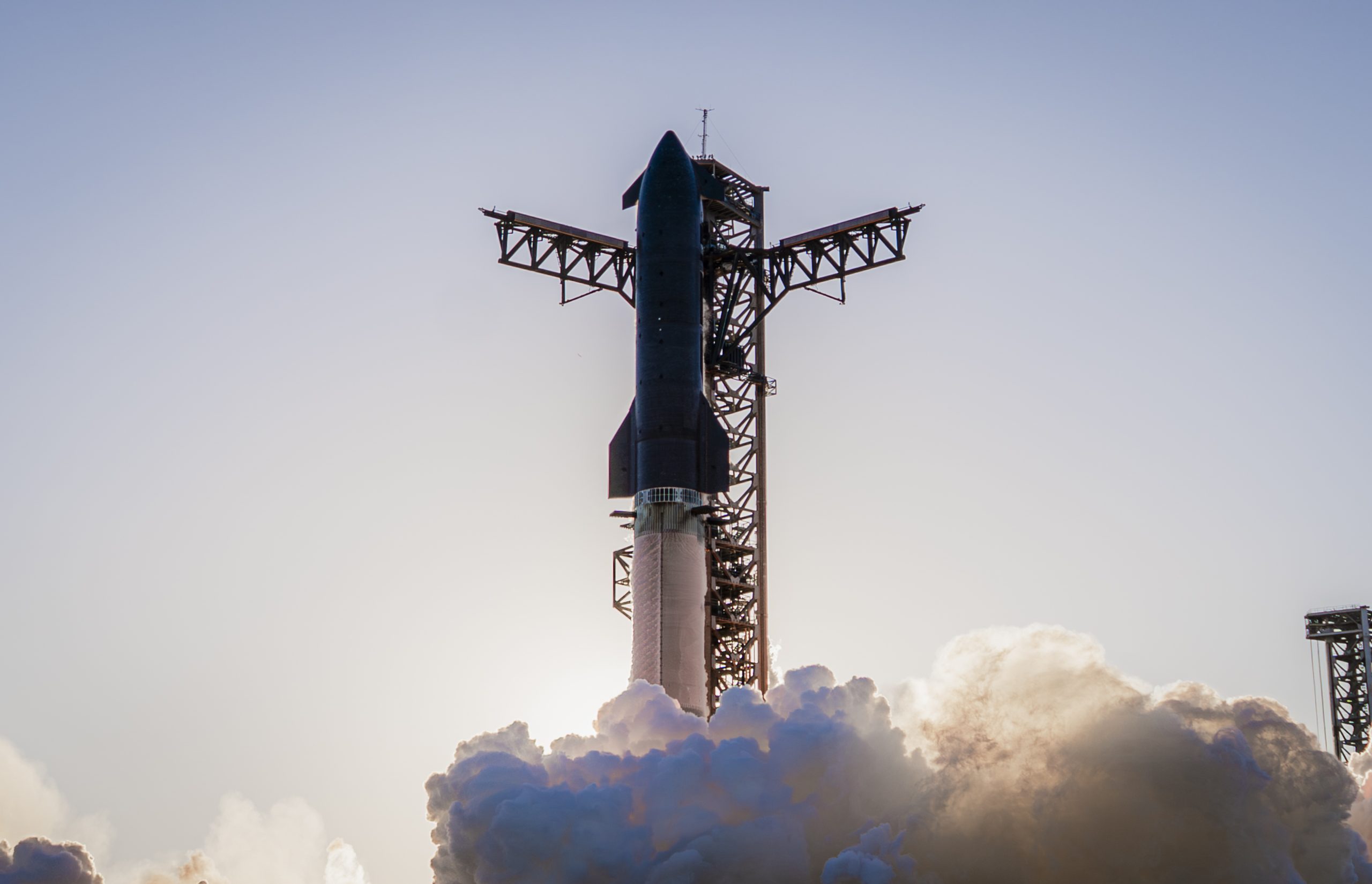
SpaceX has revealed that it has completed 49 major milestones for NASA’s Human Landing System (HLS) program, marking significant progress in the development of the Starship lunar lander that will deliver astronauts to the Moon.
The updates were detailed in SpaceX’s new blog post To the Moon and Beyond, which was recently posted on the private space company’s official website.
As noted by SpaceX, the 49 milestones that were completed by its HLS team were “tied to developing the subsystems, infrastructure, and operations” needed to safely land humans back into the lunar surface. SpaceX noted that it has only received funding on contractual milestones that have been successfully completed, the vast majority of which have been achieved on time or ahead of schedule.
Following are highlights of SpaceX’s completed milestones, as per the company’s post.
For the first time in our existence, we possess the means, technology, and, for the moment, the will to establish a permanent human presence beyond Earth. Starship is designed to make this future a reality → https://t.co/dGAZiB4rr3 pic.twitter.com/WsTg44G3oz — SpaceX (@SpaceX) October 30, 2025
- Lunar environmental control and life support and thermal control system demonstrations, using a full-scale cabin module inhabited by multiple people to test the capability to inject oxygen and nitrogen into the cabin environment and accurately manage air distribution and sanitation, along with humidity and thermal control. The test series also measured the acoustic environments inside the cabin
- Docking adapter qualification of the docking system that will link Starship and Orion in space, an androgynous SpaceX docking system capable of serving as the active system or passive system and based on the flight-proven Dragon 2 active docking system
- Landing leg drop test of a full-scale article at flight energies onto simulated lunar regolith to verify system performance and to study foot-to-regolith interaction
- Raptor lunar landing throttle test demonstrating a representative thrust profile that would allow Starship to land on the lunar surface
- Micrometeoroid and orbital debris testing of shielding, insulation, and window panels, analyzing different material stackups that will be used to protect Starship from impact hazards and harsh thermal conditions
- Landing software, sensor, and radar demonstrations testing navigation and sensing hardware and software that will be used by Starship to locate and safely descend to a precise landing site on the Moon
- Software architecture review to define the schematic of major vehicle control processes, what physical computers they will run on, and software functions for critical systems like fault detection, caution and warning alerts, and command and telemetry control
- Raptor cold start demonstrations using both sea-level and vacuum-optimized Raptor engines that are pre-chilled prior to startup to simulate the thermal conditions experienced after an extended time in space
- Integrated lunar mission operations plan review, covering how SpaceX and NASA will conduct integrated operations, develop flight rules and crew procedures, and the high-level mission operation plan
- Depot power module demonstration, testing prototype electrical power generation and distribution systems planned to be used on the propellant depot variant of Starship
- Ground segment and radio frequency (RF) communications demonstration, testing the capability to send and receive RF communications between a flight-equivalent ground station and a flight-equivalent vehicle RF system
- Elevator and airlock demonstration, which was conducted in concert with Axiom to utilize flight-representative pressurized EVA suits, to practice full operation of the crew elevator which will be used to transfer crew and cargo between Starship and the lunar surface
- Medical system demonstration covering the crew medical system on Starship and the telemedicine capability between the ground and crew
- Hardware in the loop testbed activation for the propellant transfer flight test which uses a testbed with flight representative hardware to run simulations for the upcoming propellant transfer flight test
Ultimately, SpaceX’s message is clear. With its plans for a simplified architecture, the timeframe of the first crewed lunar landing of the current century could happen sooner than expected.
Musk definitely seems determined to prove skeptics wrong, with the CEO declaring on X that Starship will be the vehicle that would pave the way for the buildout of a base on the Moon. “Starship will build Moonbase Alpha,” Musk wrote.
-
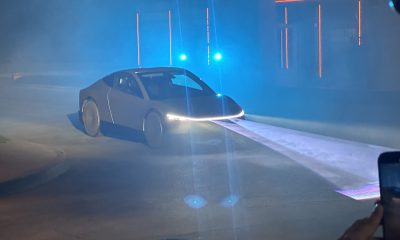
 News1 week ago
News1 week agoTesla Cybercab spotted testing on public roads for the first time
-

 Elon Musk7 days ago
Elon Musk7 days agoNeuralink’s first patient could receive an upgrade: Elon Musk
-
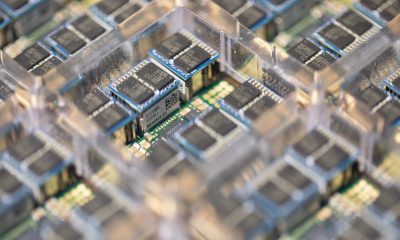
 Elon Musk4 days ago
Elon Musk4 days agoElon Musk subtly confirms one of Tesla AI8’s uses, and it’s literally out of this world
-
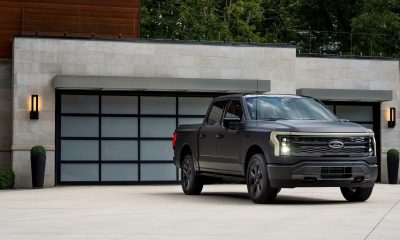
 News14 hours ago
News14 hours agoFord reportedly considers cancelling F-150 Lightning: ‘The demand is just not there’
-
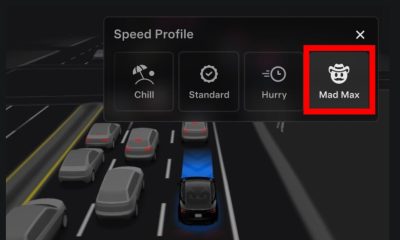
 News2 weeks ago
News2 weeks agoTesla ‘Mad Max’ gets its first bit of regulatory attention
-

 News1 week ago
News1 week agoNeuralink’s first human patient reflects on 21 months with brain implant “Eve”
-
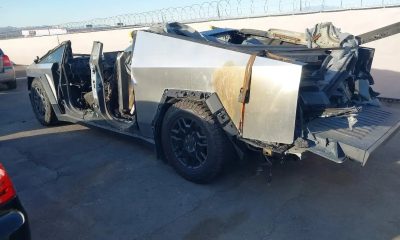
 News3 days ago
News3 days agoTesla Cybertruck explosion probe ends with federal involvement and new questions
-
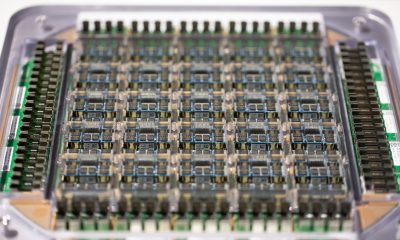
 News2 weeks ago
News2 weeks agoTesla shares AI5 chip’s ambitious production roadmap details

